This post may contain affiliate links that I earn a small commission from at no cost to you. I only recommend products that I would use or have used myself, and all product opinions expressed here are my own.
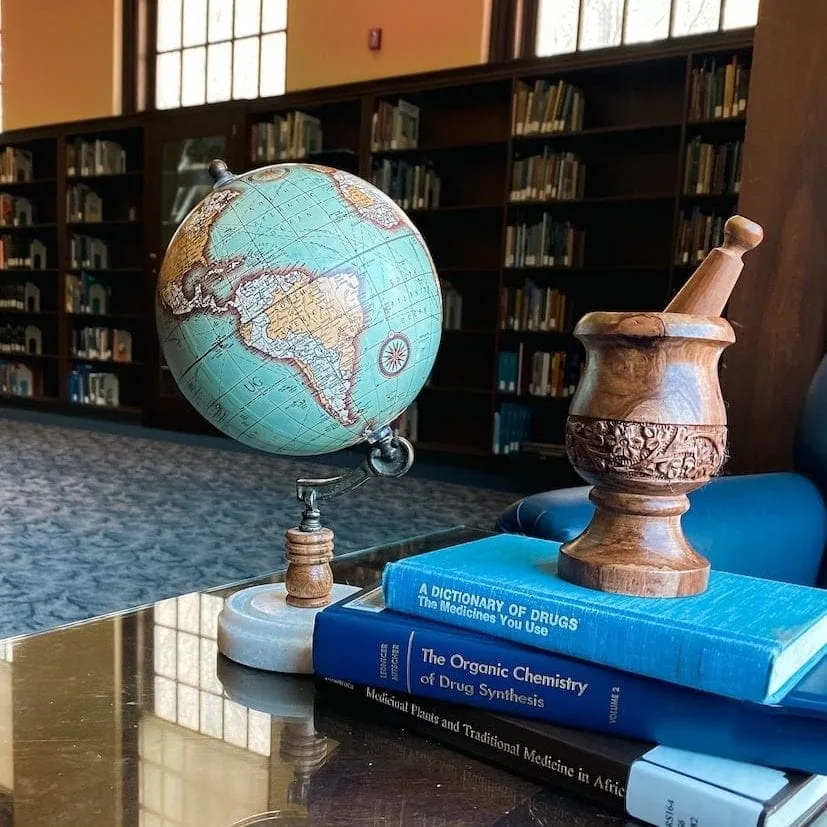
Let’s face it: packing for a trip can be stressful enough WITHOUT having to remember your medications…which is why I 100% recommend investing in a travel medicine bag that you can take with you wherever you go. In my experience, having a bag dedicated to your prescriptions helps you to not forget your medications when you travel. You’ll even be able to shop my favorite travel medicine bags below!
This blog post covers the best ways to pack your medication when you’re getting ready to go on a trip, the most common OTC meds that you can pack in a DIY travel medicine bag, and common questions about taking your medications on an airplane. In addition, I also talk about rules and guidelines surrounding traveling with prescription medication, including controlled substances and medical marijuana.
But before we get into over-the-counter medications to bring on vacation, let’s answer some common questions about traveling with medications in general:
Can I Take My Prescription Medications on an Airplane?
According to TSA.gov, the short answer is yes – but there are important things you should know:
Tablets, Capsules, and Other Solid Dosage Forms
- You are allowed to take an unlimited quantity of your medications that are in pill/solid form with you on flights; however, it will need to be screened via x-ray if you are taking it in your carry-on, just like the rest of your carry-on luggage.
- You are NOT REQUIRED to let the TSA security officers know about any pill/solid dosage forms of medication, and you do not need to remove it from your bag to go through the x-ray machine.
Liquid Medications (an “Exception to the Rule”)
- Liquid medications that are medically necessary ARE allowed in your carry-on in excess of the 3.4 ounce rule (within reasonable quantities).
- If you are carrying liquid medications in excess of 3.4 ounces, you ARE REQUIRED to let the security officer know before you begin screening.
A Couple Other Things to Note About Taking Prescription Medication on an Airplane
- I usually recommend keeping all medications with you in your carry-on bag, just in case your checked luggage gets lost. However, any important, potentially life-saving medications should ALWAYS be kept with you in your carry-on (for example: nitroglycerin spray or tablets, Epi-Pens, inhalers).
- It is NOT REQUIRED by TSA to have your pills in their original pill bottles to bring on the airplane, and you do NOT need to pack your medications in a clear bag.
- FYI: It is illegal in a small number of states to not keep pills in their labeled bottle. If you intend on bringing your pills in a pill organizer with you on the airplane, it is worth it to Google if your destination state has any strict laws on this matter.
Source: TSA Website (https://www.tsa.gov/travel/travel-tips/can-you-pack-your-meds-pill-case-and-more-questions-answered)
Are There Special Requirements for Traveling With Controlled Substance Medications?
If you are traveling within the United States, it is a good idea to keep controlled substances in their respective prescription pill bottles, not co-mingle medications, and not bring any more medication than you need. While these substances are regulated, if you have a legitimate medical prescription, the same rules apply as mentioned in the above section.
- If you have a prescription for a controlled substance that hasn’t been filled yet, it is best to get it filled at home before traveling. A lot of pharmacists will refuse to fill out-of-state controlled substance prescriptions.
If you travel outside of the United States and want to bring back a controlled substance for a legitimate medical purpose that has been written by a physician NOT licensed in the US, you may not import more than 50 dosage units into the country. You should also leave your medication in its original pill container labeled with the drug name and Dr’s instructions.
If you travel outside of the United States and have a legitimate medical prescription written by a US prescriber, you may bring back more than 50 dosage units as long as all other legal prescription requirements are met (i.e., the prescription itself is legal and being use for a legitimate medical purpose).
Source: US Customs and Border Protection Website (https://www.help.cbp.gov)
Are There Special Requirements for Traveling With Medical Marijuana?
Federally, marijuana and certain CBD products are still considered a Schedule 1 controlled substance, making it an illegal drug. The exception to this is products containing less than or equal to 0.3% THC (based on dry weight) or products that have been approved by the FDA.
It’s important to know that TSA officers do not routinely screen for these types of medications or illegal substances – but if found, they are required to report it to a law enforcement officer. Ultimately, the TSA officer will have the final say in whether the item is allowed through checkpoint. The law enforcement officer has the final say regarding any and all penalties imposed on an individual concerning illegal substances.
- Law enforcement officers have arrested individuals in airports for attempting to smuggle Schedule 1 controlled substances through the security checkpoint. If you’re on the fence about trying to sneak marijuana (aside from products containing <0.3% THC) or any other illegal drugs on board, I’ll quote Rebel Wilson in Pitch Perfect and say, “mmm…better not.”
Source: TSA Website (https://www.tsa.gov/travel/security-screening/whatcanibring/items/medical-marijuana)
Putting Together a Travel Medicine Bag
I am a firm believer that organization is essential when you travel (and also, easily annoyed when I can’t find things in my suitcase!). Below, my tips for putting together a travel medicine bag:
- Have a pill container that you can dedicate to your travel medications. The ones I have linked below are from Amazon and are super inexpensive! Depending on how many medications you have, you can dedicate one container to OTC drugs and organize your prescription medication by day & time in another.
- Some of these pill containers come with labels, so you can write down the names of your medications
My Favorite Travel Pill Containers
Small and Compact
These pill containers are perfect if you don’t have a lot of medication to take with you, or if you need to carry a few OTC items. They can easily fit in your pocket or purse.
A Bit More Organized
- If you have medication that you need to take multiple times a day, the pill container on the left (top for mobile) is a great choice. While still travel size, it has divided containers to help you organize your morning and evening meds, and even comes with its own zipper case.
- If you take all of your medications at the same time every day, the pill container on the right (bottom for mobile) allows you to organize your medications by day of the week. It also comes with a zipper case that includes a front pocket.
If you need a slightly larger – but still travel size – pill case, check out the option below. It has AM/PM pill organization, plus a separate compartment inside and outside to keep things like insurance cards, bandaids, and even a thermometer!
2. If you decide to take any non-medical items in your travel bag and want to be even more organized, I recommend investing in a larger travel case like the ones I have linked below. Keep in mind, there are certain things that cannot be packed in your carry-on, so if you are taking certain sunscreens or insect repellant, you will need to stow this in your checked luggage.
Travel Medicine Bags for Medications and More
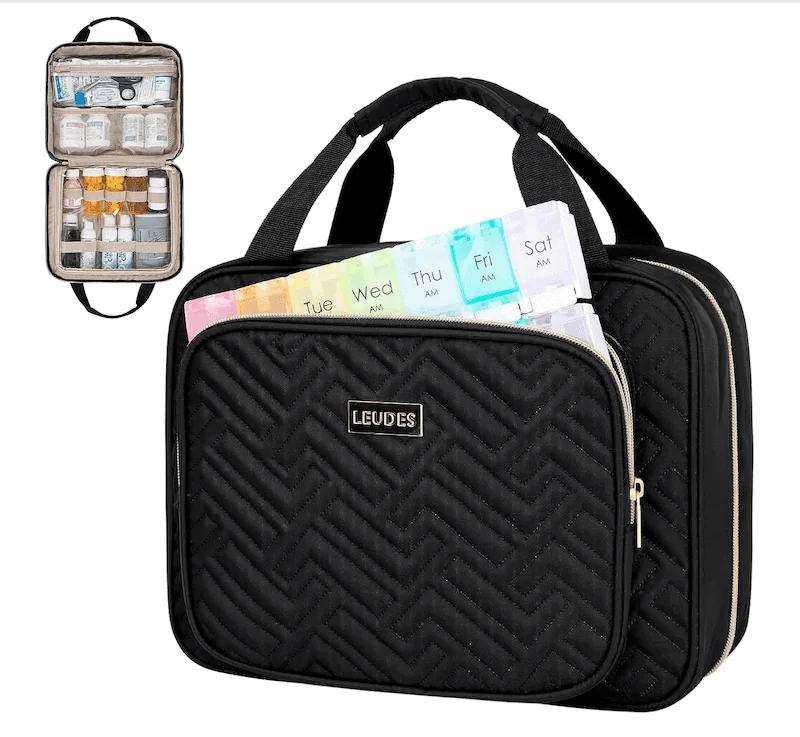

3. Write down a list of your prescription medications, including dose and frequency, and keep it in your travel medicine bag or wallet. If an emergency arises and you have to seek medical care, you can provide this information to the medical staff so they know what prescription drugs you are taking.
4. Contact your pharmacist if you have refrigerated medications that you need to travel with. Many times, medications that are refrigerated have a room temperature expiration date out of the fridge that they can be used until. For example, once opened, most insulin products are good for 28 days at room temperature.
Common Over the Counter Medications to Pack in Your Travel Medicine Bag
Note: If viewing this chart on a mobile device, turn your phone sideways to view it in its entirety
| Over the Counter Medications for Every Day Use | Specific Indication | Comments |
|---|---|---|
| Ibuprofen (Advil©); Naproxen (Aleeve©) | Pain, cramps, fever, anti-inflammatory | Take with food Avoid if pregnant |
| Acetaminophen (Tylenol©) | Pain, fever; if your doctor instructed you to NOT take NSAIDs (for patients on blood thinners) | Has NO anti-inflammatory properties |
| Dimenhydrenate (Dramamine©), Meclizine (Dramamine Less Drowsy©; Bonine©) | Motion sickness/nausea/vomiting | Can make you drowsy (less so with meclizine!) |
| Loperamide (Imodium©) | Traveler’s diarrhea | You could also need an antibiotic for traveler’s diarrhea too, depending on the severity. In this case, seek your nearest travel medicine clinic (or if you can wait, see your PCP when you get home) |
| Bisacoyl (Dulcolax©), Docusate-Sennosides (Senokot-S©) | Constipation | Take with plenty of water |
| Diphenhydramine (Benadryl©), Doxylamine (Unisom©), Melatonin | Sleep aids | Avoid taking with dramamine; can cause excessive drowsiness |
| Calcium carbonate (Tums©) | Antacid; relives mild indigestion/upset stomach/acid reflux | If you are taking medication for your thyroid, separate from Tums by at least 2-4 hours |
| Famotidine (Pepcid©), Omeprazole (Prilosec OTC©), Esomeprazole (Nexium 24hr©) | Relieves moderate to severe indigestion/upset stomach/acid reflux | Famotidine can be taken before eating (to prevent indigestion) or after (to treat symptoms). Take Prilosec OTC or Nexium 24hr should be taken 30 minutes before eating, preferably with breakfast. All 3 medications (along with others in their respective classes) are often prescribed by Drs; check with your pharmacist to ensure you aren’t doubling up. |
| Loratadine (Claritin©), Fexofenadine (Allegra©), Cetirizine (Zyrtec©), Levocetirizine (Xyzal©) | Relieves allergy symptoms such as runny nose, drainage, itchy/watery eyes | Can cause some drowsiness, but not nearly as much as Benadryl or Unisom Available with a decongestant option (ex. Claritin-D); however, in most states, this is sold behind the pharmacy counter and requires a drivers license for purchase. |
Non-Medical Items to Pack in Your Travel Medicine Bag
- Bandaids – After my best friend had to practically carry me around Las Vegas due to stilettos wrecking my feet, I never travel without multiple forms of bandaids. Blister bandaids, waterproof bandaids, heavy duty bandaids…you can never have too many.
- Comfort insoles for shoes – See above bullet for why I am pro-taking care of your feet. Dr. Scholl’s has many different types of gel inserts that I swear by, including ones for high heeled shoes.
- Sleep mask – If you’re like me, you have an “I’ll sleep when I’m dead” approach to vacation…but this isn’t always healthy. Using a sleep mask helps to block out any extra light so you can be well-rested for the next day.
- Sunscreen – Although especially important in hot, sunny climates, sunscreen is always a good idea when you’ll be outdoors
- Remember, you can NOT take sunscreen in your carry-on unless it’s a travel size liquid bottle that’s < 3.4 ounces!
- Bug spray – Repel Insect Repellant Sportsman Max with 40% DEET is one of the top-rated bug sprays out there. Make sure to spray on your clothes and not your skin!
- If you want a DEET-free option, try Greenerways Organic Bug Repellant which contains peppermint instead
Found This Post Helpful?
Check Out My Other Travel Medicine Blog Posts:




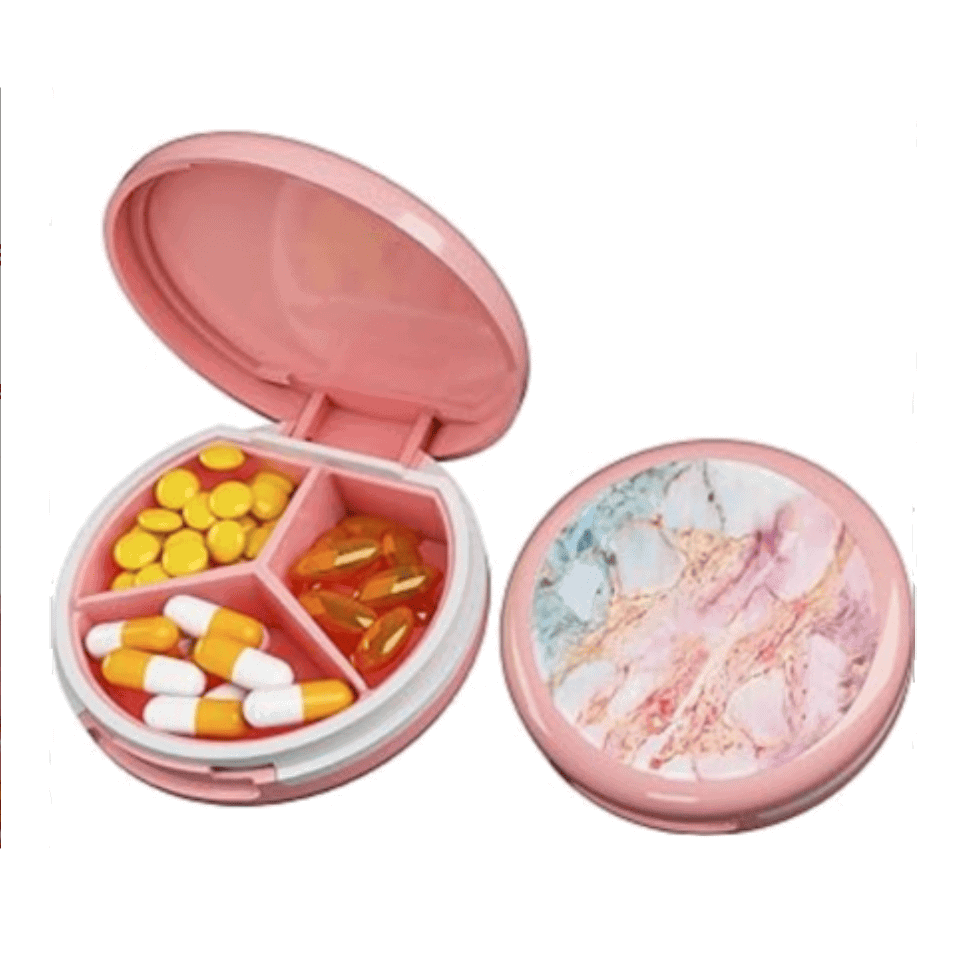
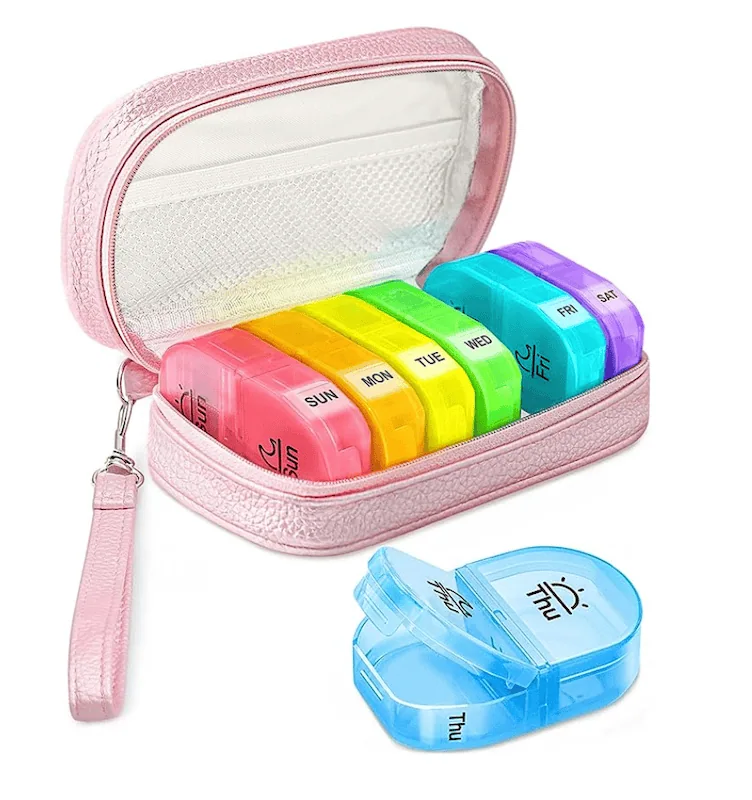
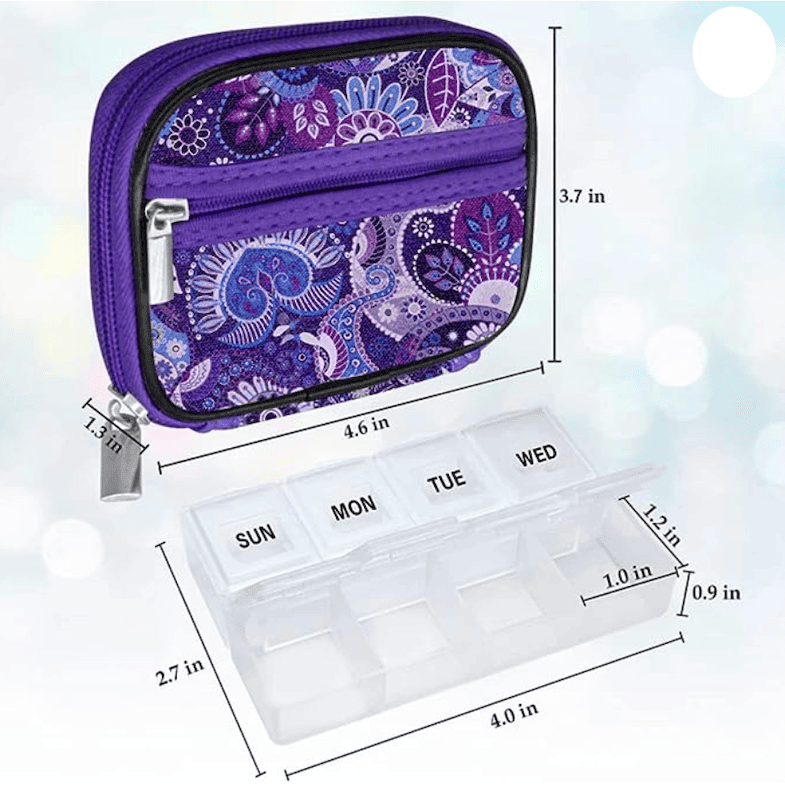
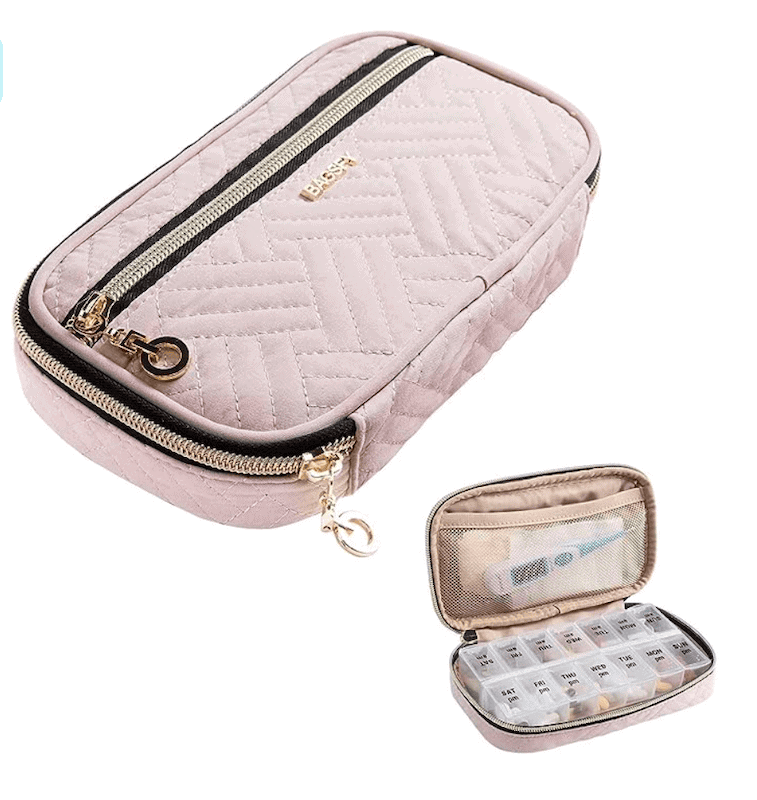
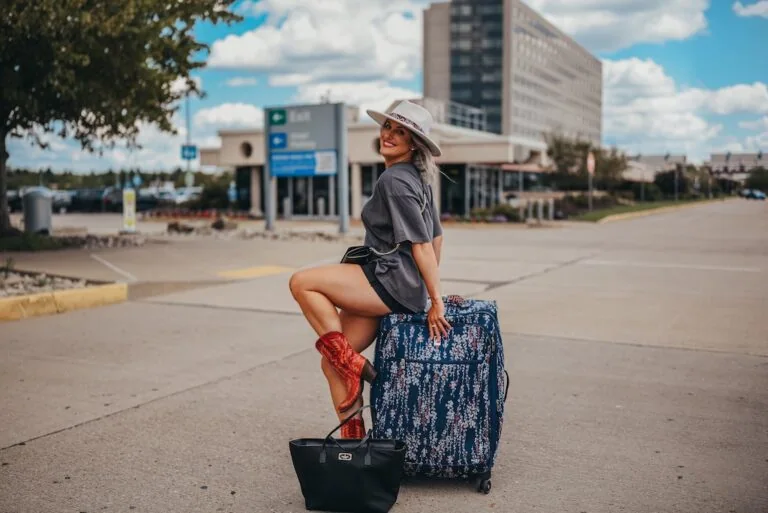
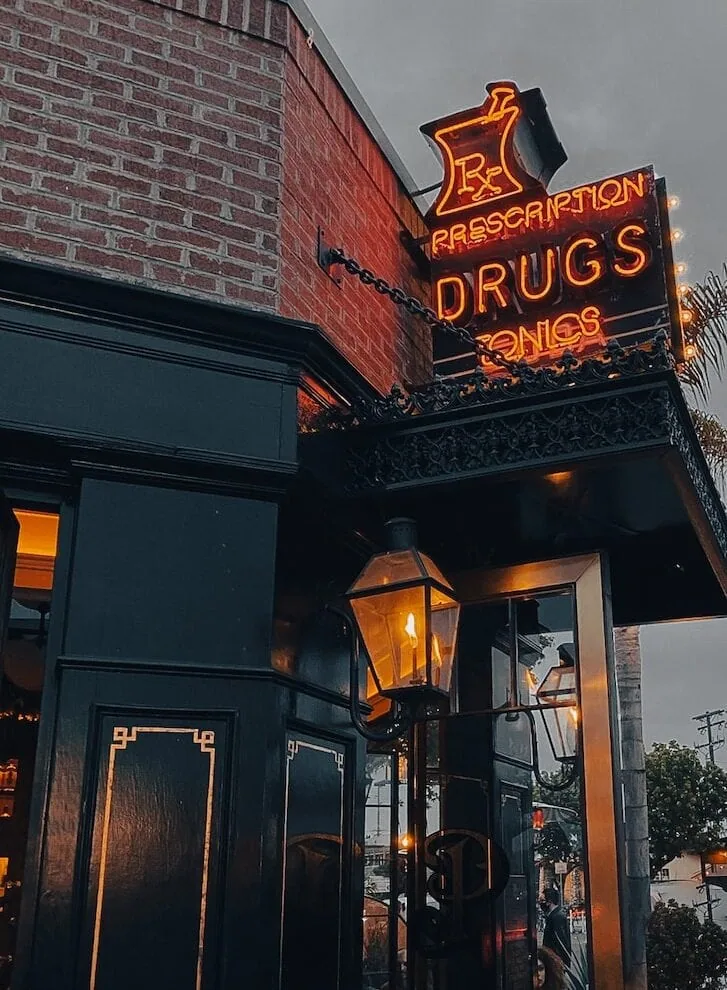
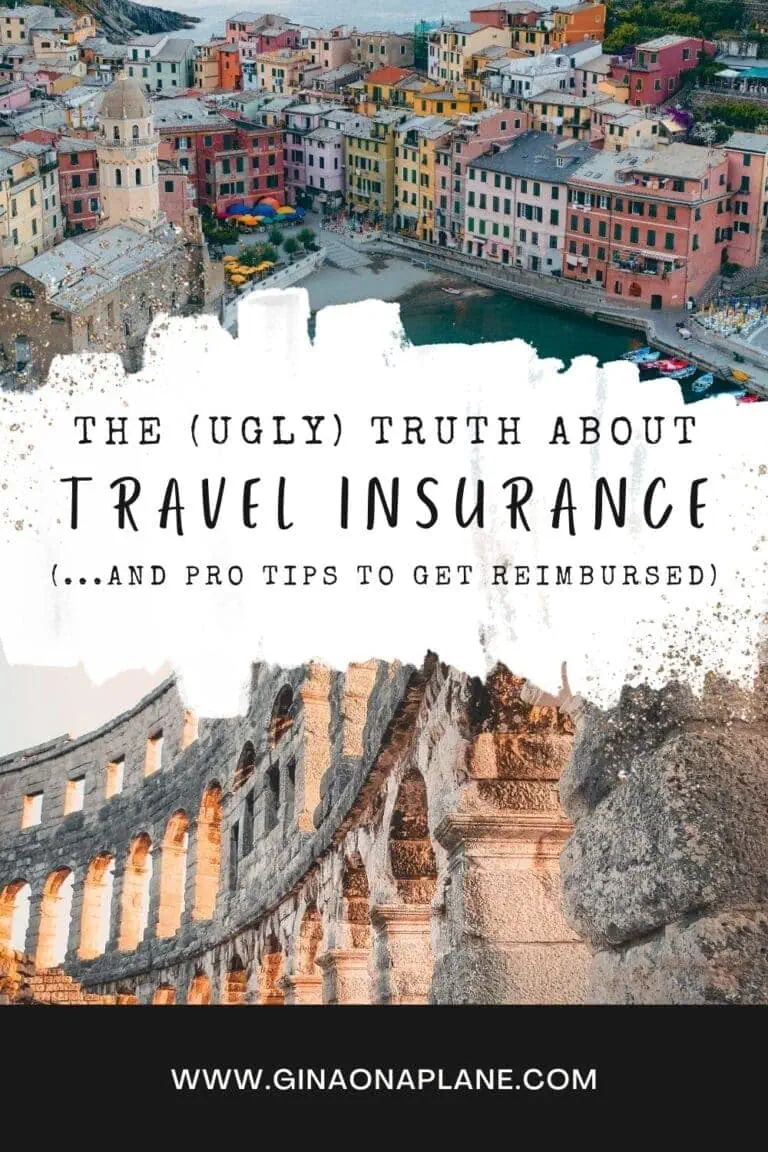



very useful information, well written and covers a broad spectrum of all travel needs.
Thank you Patrick!! I’m glad another pharmacist approves! 🙂
Such helpful info!! Well done.
Thank you so much! I’m so glad you found it helpful! 🙂
Hi Gina, thanks for this incredibly detailed and practical guide! As a pharmacist, your insights are especially valuable. This might be a bit off-topic for the packing list itself, but your section on TSA rules made me think of a related issue. I recently read an article about how common medications like certain pain relievers or cold medicines that are fine in the US are actually banned in other popular tourist countries. It’s something many travelers wouldn’t even think to check.
I’m curious, since your expertise is in travel medicine, have you ever had to advise patients on navigating these international medication restrictions? For example, what’s your go-to advice for someone who relies on a painkiller that might be prohibited in their destination? Sorry for the slightly random question and for dropping a link here, but this is the article I saw that got me thinking about it: https://pillintrip.com/article/10-surprising-medications-banned-around-the-world. I thought linking to it directly might make it clearer what I’m referring to.
Thanks again for all the helpful info!
Hi Darren! Thank you for sending this article my way – that’s SO interesting! I have never had to advise anyone on these restrictions, but my guess would be the only way they would know is if you got in trouble for something else (for instance, driving while intoxicated) and they searched your car and found these meds. I’ve never had an airline check me at customs for any Rx meds, or a hotel ask about them or anything like that. I would just make sure to keep Rx meds in their proper Rx bottles, that way you have proof they are yours. Thank you again for sending this! -Gina